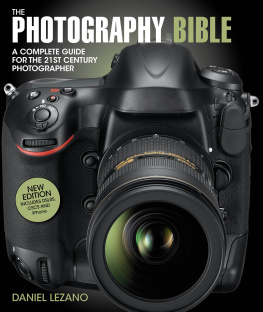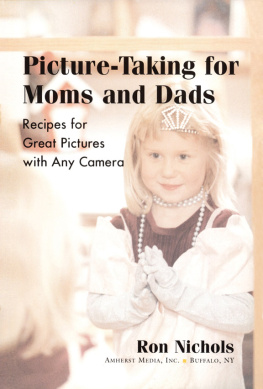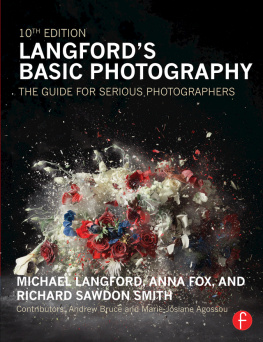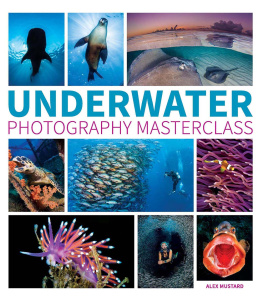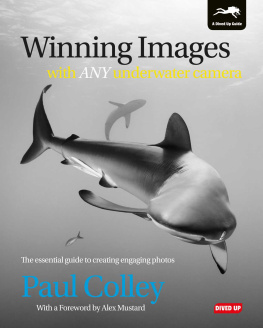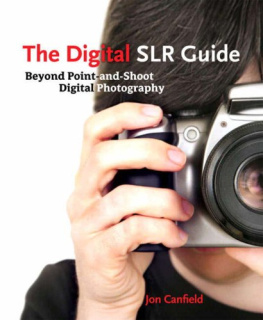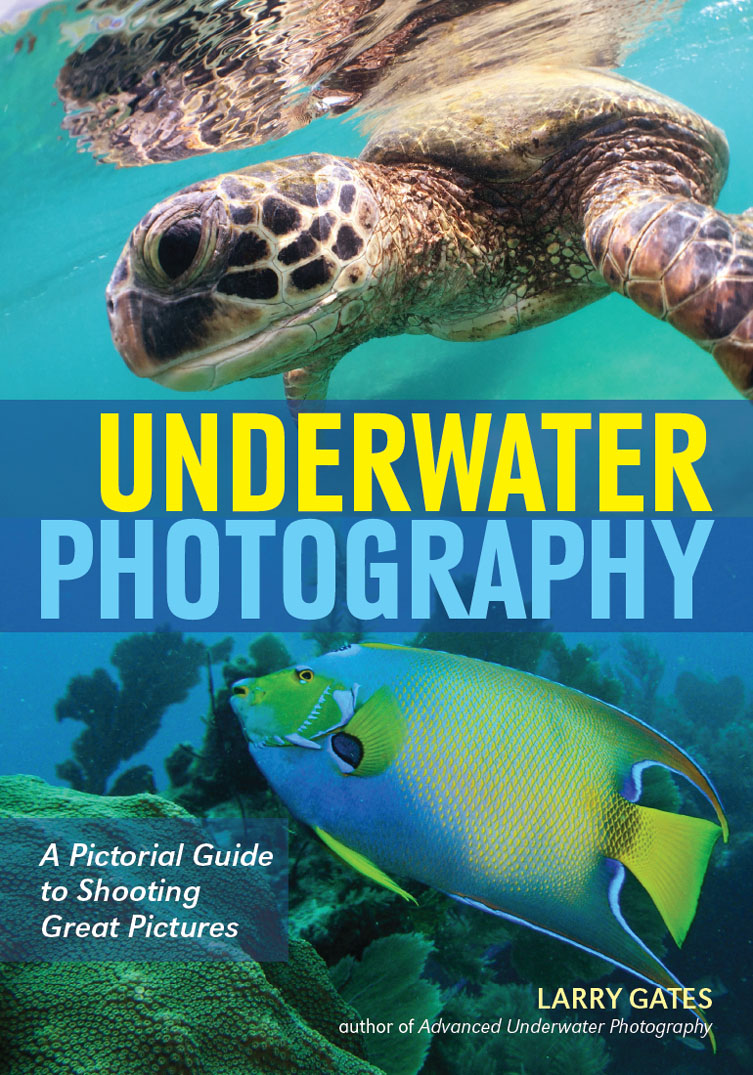
ABOUT THE AUTHOR
I began my underwater photography adventure in 1992. I worked in the SCUBA industry for over twenty years, beginning in 1993 as a PADI Divemaster. In 1994, I became a SCUBA instructor and underwater photographer in Maui and South Dakota. I spent over seventeen years in Key Largo, FL. I worked short stints in the Bahamas on live-aboard and land-based dive operations in the Turks, Caicos, and the Cayman Islands. The last ten of these years I dedicated myself to teaching underwater photography. During that time, I worked mostly with beginning underwater photographers, though I also worked with more advanced underwater photographers who were having issues with some aspect of their photography. This work is drawn from my experiences. It is great fun to help divers get started with or improve their underwater photography.
Copyright 2016 by Larry Gates.
All rights reserved.
All photographs by the author unless otherwise noted.
Front cover images: (top) Anthony M. Tortoriello II and (bottom) Larry Gates.
Published by:
Amherst Media, Inc.
PO BOX 538
Buffalo, NY 14213
www.AmherstMedia.com
Publisher: Craig Alesse
Senior Editor/Production Manager: Michelle Perkins
Editors: Barbara A. Lynch-Johnt, Beth Alesse
Acquisitions Editor: Harvey Goldstein
Associate Publisher: Kate Neaverth
Editorial Assistance from: Carey A. Miller, Sally Jarzab, John S. Loder, Roy Bakos
Business Manager: Adam Richards
Warehouse and Fulfillment Manager: Roger Singo
ISBN-13: 978-1-68203-133-9
Library of Congress Control Number: 2016941023
10 9 8 7 6 5 4 3 2 1
No part of this publication may be reproduced, stored, or transmitted in any form or by any means, electronic, mechanical, photocopied, recorded or otherwise, without prior written consent from the publisher.
Notice of Disclaimer: The information contained in this book is based on the authors experience and opinions. The author and publisher will not be held liable for the use or misuse of the information in this book.

www.facebook.com/AmherstMediaInc
www.youtube.com/c/AmherstMedia
www.twitter.com/AmherstMedia
Table of Contents
Guide
Contents


I traveled far and wide to find the best of the best to engage with to bring this work forward. Many thanks go out to my contributors (see ), but I would also like to thank A & A Brinkley of Oklahoma, Aja Vickers of Oregon, Jerry Ryan from Texas, Kelly Rabe of California, Rick Voight of Vivid-Pix in Georgia, Scott Stackel in Nevada, Steve Minor from the UK, and Wendy Lamont from South Dakota. Thank you too, to my publisher, Craig Alesse, for his patience and understanding and to my editor, Barbara Lynch-Johnt, for her guidance and perseverance.
This work is dedicated to my friends both in and out of the business who have supported me in all ways and through the years and the times we shared together. I reviewed countless images while compiling this work and know that as many memories of you came to mind. Thank you.


This guide is a learning tool. It is organized by the type of camera, lenses, and other equipment used to take the photographs illustrated here. Ive also organized this book in the same sequence that most of us progress through our underwater photography, beginning with point & shoot cameras, a housing, and a strobeand moving to a housed dSLR camera. From there, we add lenses and other accessories to our inventory.
These pages show the types of equipment we use and the images that can be made using underwater photography gear. It is written in lay terms, save the taxonomical naming of most of the marine organisms, so that a beginner can easily understand. I avoid highly technical discussions and diagrams, graphs, and charts in this work.
This is my third how to book on underwater photography. The first was The Beginners Guide to Underwater Digital Photography and the second was Advanced Underwater Photography. The second book more or less took off where the first book left off. This was very much analogous to taking the Advanced Open Water Diver course sometime after the completion of the Open Water Diver Course.
This pictorial guide follows suit. This work was compiled with the assumption that the reader is getting started with or has been doing underwater photography for a short while and is on the left and upward side of a Bell learning curve.
Beginning on page 16, the content is mostly underwater photos with accompanying text about each image. The text gives the recipe for the image. The ingredients include, whenever possible: where the photo was taken, the equipment used, the exposure data, the distance to the subject, and what the subject is (in many instances both its lay name and taxonomical name are given). The text often includes tips, tricks, techniques, and suggestions for taking underwater photographs in general, as well. This combination of photo and prose aims at arming the reader with information that they can use to repeat the performance.
This work takes its readers on a couple of short dives into areas that I have not seen previously written about. The first is about the challenges inherent in creating underwater photography in fresh or freshwater-like environments.

The second of these is a brief introduction to an entirely new (within the past two years or so) type of underwater photography. This is doing underwater photography using a smartphone camera in an underwater housing. I find this new approach quite exciting and intriguing.
It does not take a long time to learn to SCUBA dive and, after that, it does not take long to acquire a liking for underwater photography nor long to acquire a basic but capable underwater photography camera system. The time it takes to grow as a diver and an underwater photographer varies with passion and experience. Sooner or later, we reach a plateau in our underwater photography. So I have included a portion of this work to help photographers move beyond that point in time. There is a section on how some of the artful and popular underwater images are made.

Silhouettes fall in the realm of underwater photographic art. This image of Elkhorn Coral (Acropora palmata)








